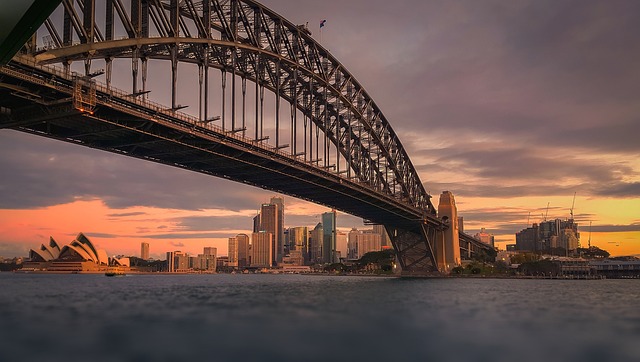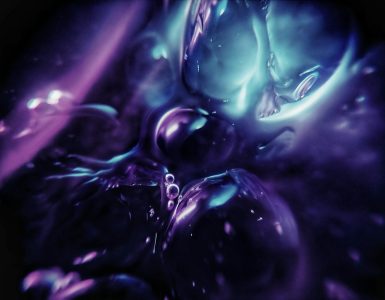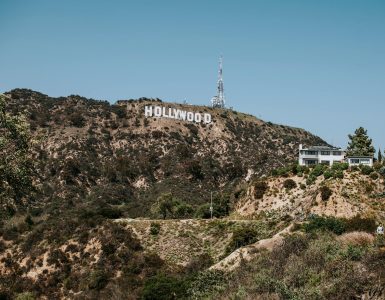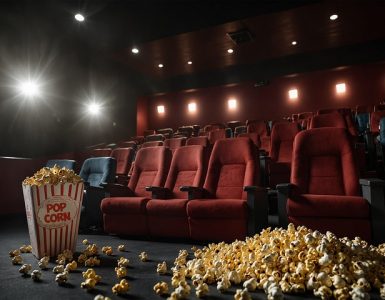Theatre started out as a form of worship. Early civilizations conducted rituals to please the gods, and these often involved elaborate performances. Think of it like a giant potluck where everyone brings their unique dish, but instead of food, they offer stories, dances, and songs. Over time, these rituals evolved into structured performances with defined characters and plots.
Now, let’s talk about the Greeks. They were the real game-changers. They took those early forms of storytelling and kicked it up a notch. Aeschylus, Sophocles, and Euripides are some heavyweights who made theatre what it is today. They introduced the concept of drama, complete with conflict and resolution, and their works tackled themes that are still relevant—love, betrayal, and the human condition.
But it wasn’t all highbrow. Different cultures had their spin on theatre too. In ancient India, you had the Natya Shastra, a text that mapped out the art of performance. Meanwhile, in China, traditional forms like shadow puppetry made their mark. Each culture sprinkled its unique flavor into the mix, making theatre a global phenomenon.
So, when you sit in a theatre today, whether it’s a Broadway blockbuster or a local play, you’re tapping into thousands of years of tradition and evolution. Isn’t that wild? That little stage is a direct link to our ancestors, who gathered around fires, telling tales that still resonate with us today.
How Ancient Civilizations Shaped Modern Theatre
Imagine the Greeks, those early stage pioneers, who transformed storytelling into art. They weren’t just putting on plays; they created a whole new realm of expression through tragedy and comedy. Their dramas explored the depths of human emotion and morality, planting seeds that still flourish in today’s scripts. It’s hard to watch a modern tragicomedy without feeling that influence, right?
Then we have the Roman Empire, who took the Greek foundations and added their own flair—think grand amphitheaters filled with bustling crowds. They brought the idea of spectacle to the forefront, incorporating elaborate scenery and live animals. Isn’t it wild to think that the spectacles we see today in theater productions have roots tracing back to Roman times?

And what about the influence of Asian cultures? The rich tapestries of Indian Kathakali or Chinese opera added layers of color and movement that continue to inspire. These forms are like vibrant threads interwoven into the fabric of modern performances, illustrating how diverse influences shape our artistic expression.
The Evolution from Classical to Modern Performances
Imagine stepping into an opulent 18th-century theater where patrons are donned in powdered wigs and lavish gowns, waiting for the latest work from Mozart. The air is thick with excitement and a hint of lavender perfume. This was the golden age of classical performances, where music followed strict forms and conventions. Performers adhered to tradition, delivering each note with precision, and audiences experienced something almost sacred. But as time marched on, so did the art of performance.
Fast forward to today, and the stage has morphed dramatically. Modern performances break away from rigid structures, allowing for creativity and personal expression. Think of a contemporary dance piece where the dancers blend traditional ballet with hip-hop. It’s a mashup that tells a story yet feels raw and spontaneous—an exhilarating ride for both performers and the audience.
What’s behind this shift? Well, just like fashion evolves, so does art. The rise of technology has opened new windows of possibility. Think digital projections, immersive experiences, and interactive installations that draw viewers into the action. Suddenly, performances are less about standing back and observing and more about engaging directly with the art.
So, whether you’re captivated by a stunning opera or a quirky indie show, remember this: the journey from classical to modern isn’t just about changing styles—it’s about redefining the very essence of what it means to perform. Each era adds a new layer, making the performance scene richer and more complex, inviting us all to partake in a grand narrative that’s as alive today as it ever was.
























Add comment